In ECG, P-R interval corresponds to
time delay in A-V node
S-A nodal conduction time
increased ventricular contraction
time interval between onset of ventricular contraction
The correct Answer is:A
To answer the question regarding what the P-R interval corresponds to in an ECG (electrocardiogram), we can break down the explanation step by step:
1. Understanding the ECG Components: The ECG consists of several waves and intervals, including the P wave, QRS complex, and T wave. Each of these components represents different electrical activities of the heart.
2. Identifying the P Wave: The P wave corresponds to the depolarization (contraction) of the atria, which are the upper chambers of the heart. This is when the atria contract to push blood into the ventricles.
3. Identifying the R Wave: The R wave is part of the QRS complex and represents the depolarization (contraction) of the ventricles, which are the lower chambers of the heart. This occurs after the atria have contracted.
4. Understanding the P-R Interval: The P-R interval is defined as the time from the beginning of the P wave to the beginning of the R wave. This interval reflects the time taken for the electrical impulse to travel from the atria through the atrioventricular (AV) node to the ventricles.
5. Function of the AV Node: The AV node acts as a gatekeeper, delaying the electrical signal before it passes to the ventricles. This delay allows the atria to fully contract and fill the ventricles with blood before the ventricles contract.
6. Conclusion: Therefore, the P-R interval corresponds to the time delay at the AV node, which is crucial for proper timing of the heart's contractions.
Final Answer:
The P-R interval in an ECG corresponds to the time delay in the atrioventricular (AV) node.
---
The P-R interval in an ECG corresponds to the time delay in the atrioventricular (AV) node.
Topper's Solved these Questions
- BOOK - NCERT FINGERTPS ENGLISHCHAPTER - BODY FLUIDS AND CIRCULATIONEXERCISE - HOTS5videos
BODY FLUIDS AND CIRCULATION
- BOOK - NCERT FINGERTPS ENGLISHCHAPTER - BODY FLUIDS AND CIRCULATIONEXERCISE - EXEMPLAR16videos
BODY FLUIDS AND CIRCULATION
- BOOK - NCERT FINGERTPS ENGLISHCHAPTER - BIOMOLECULESEXERCISE - Biomolecules137videos
BIOMOLECULES
- BOOK - NCERT FINGERTPS ENGLISHCHAPTER - BREATHING AND EXCHANGE OF GASESEXERCISE - Breathing And Exchange Of Gases140videos
BREATHING AND EXCHANGE OF GASES
Similar Questions
In ECG P-R interval is prolonged due to
View SolutionIn two similar triangles ABC and PQR , if their corresponding altitudes AD and PS are in the ratio 4:9, find the ratio of the areas of triangle ABC and triangle PQR .
View SolutionThe potential diagram for reaction R→P is given below:
ΔH∘ of the reaction corresponds to the energy
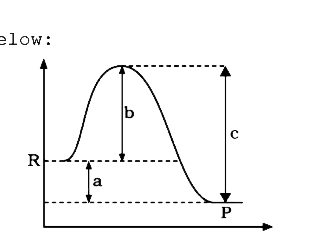 View Solution
View SolutionThe potential energy diagram for a reaction R→P is given below. Delta H^(ɵ) of the reaction corresponds to the energy
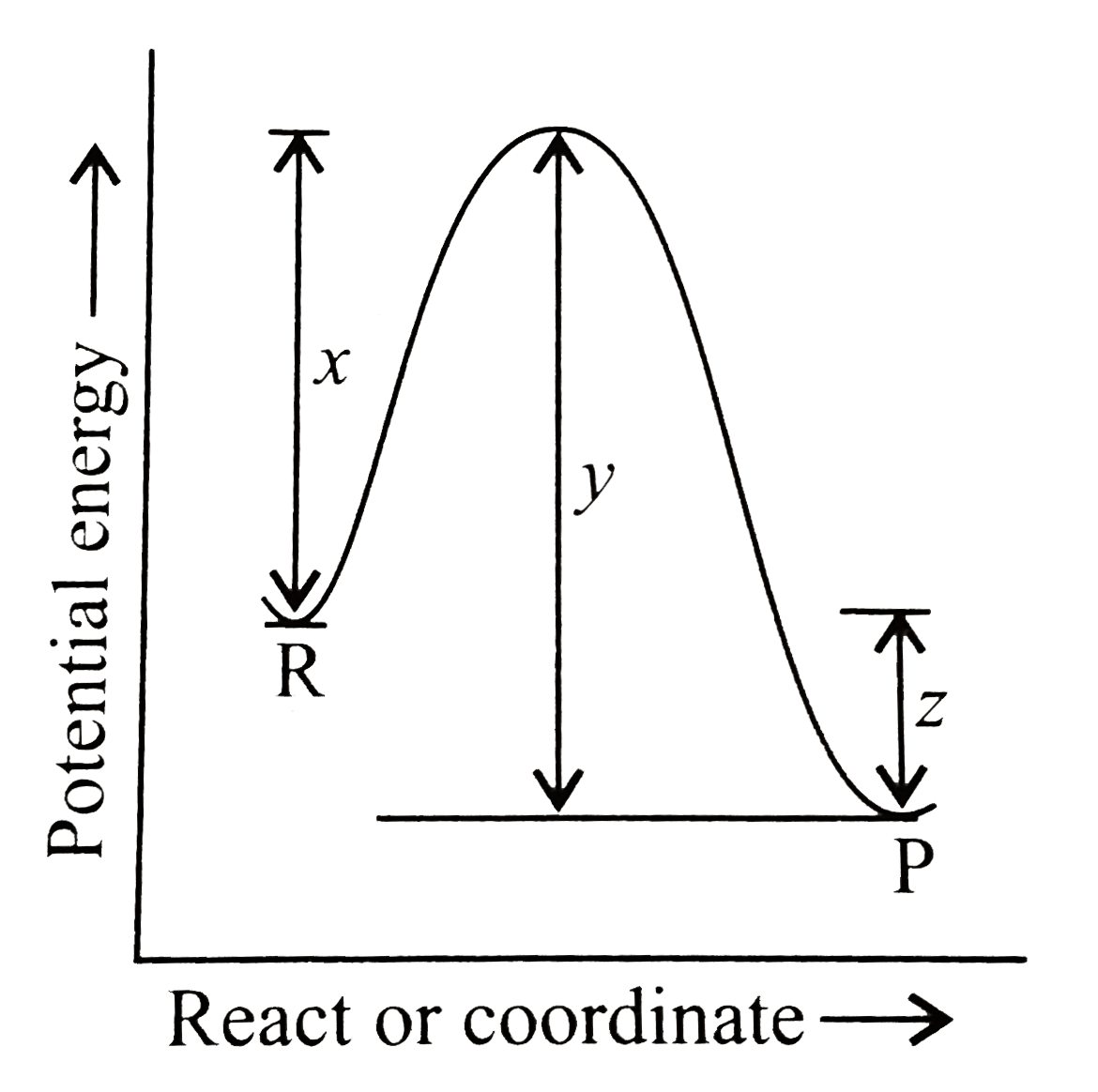 View Solution
View SolutionIn electrocardiography P-Q interval represents :
View SolutionIn ECG shortened Q-T interval indicates
View SolutionF-x and corresponding U-x graphs are as shown in figure. Three point A, B and C in F-x graph may be corresponding to P, Q and R in the U-x graph. Match the following
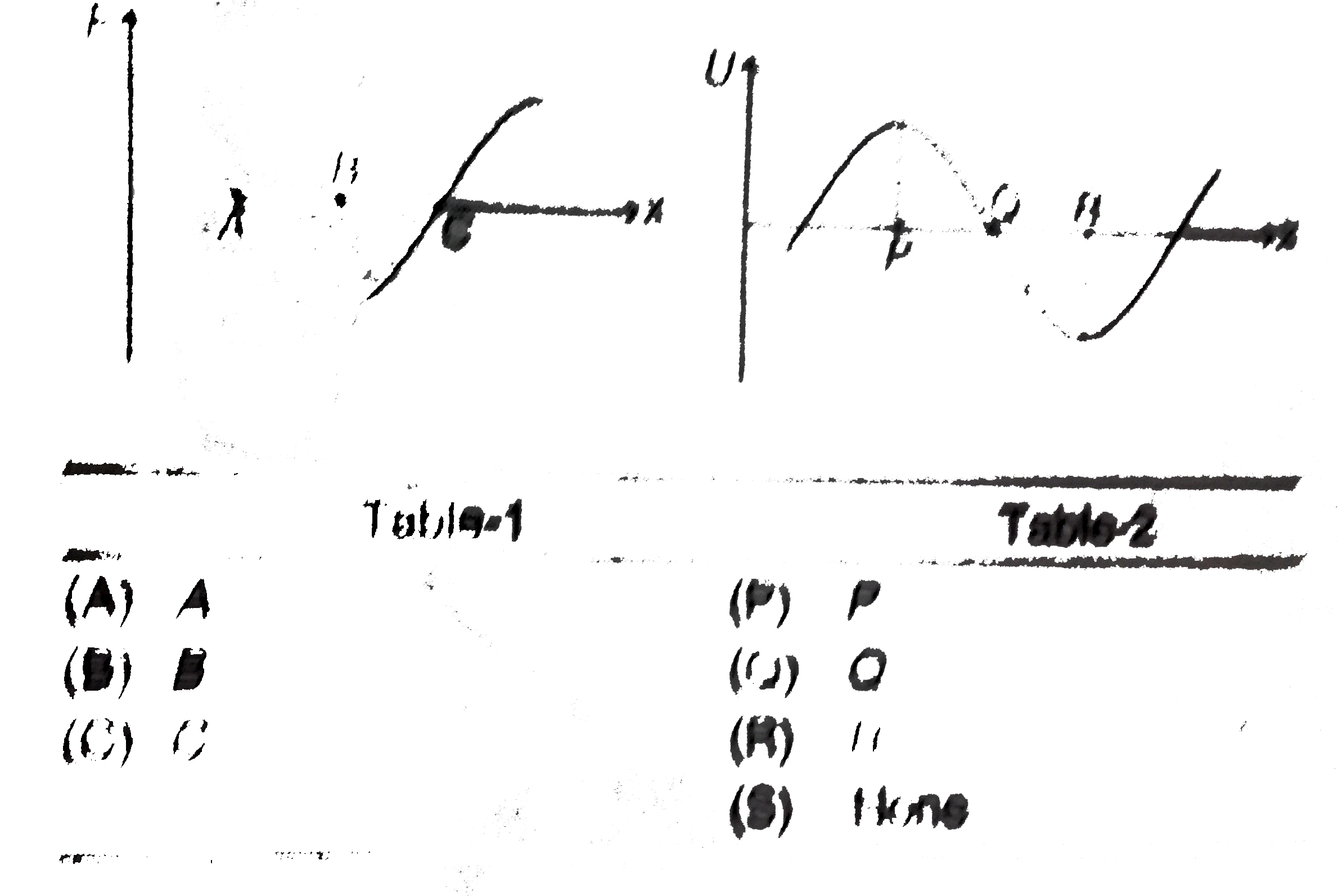 View Solution
View SolutionConstruct a triangle PQR with side QR=7cm , PQ=6cm and ∠PQR=60o . Then construct another triangle whose sides are 3/5 of the corresponding sides of PQR .
View SolutionLet the speed of the planet at the perihelion P in figure be vP and the Sun planet distance SP be rP. Relater rP,vP to the corresponding quantities at the aphelion (rA,vA). Will the planet take equal times to transverse BAC and CPB?
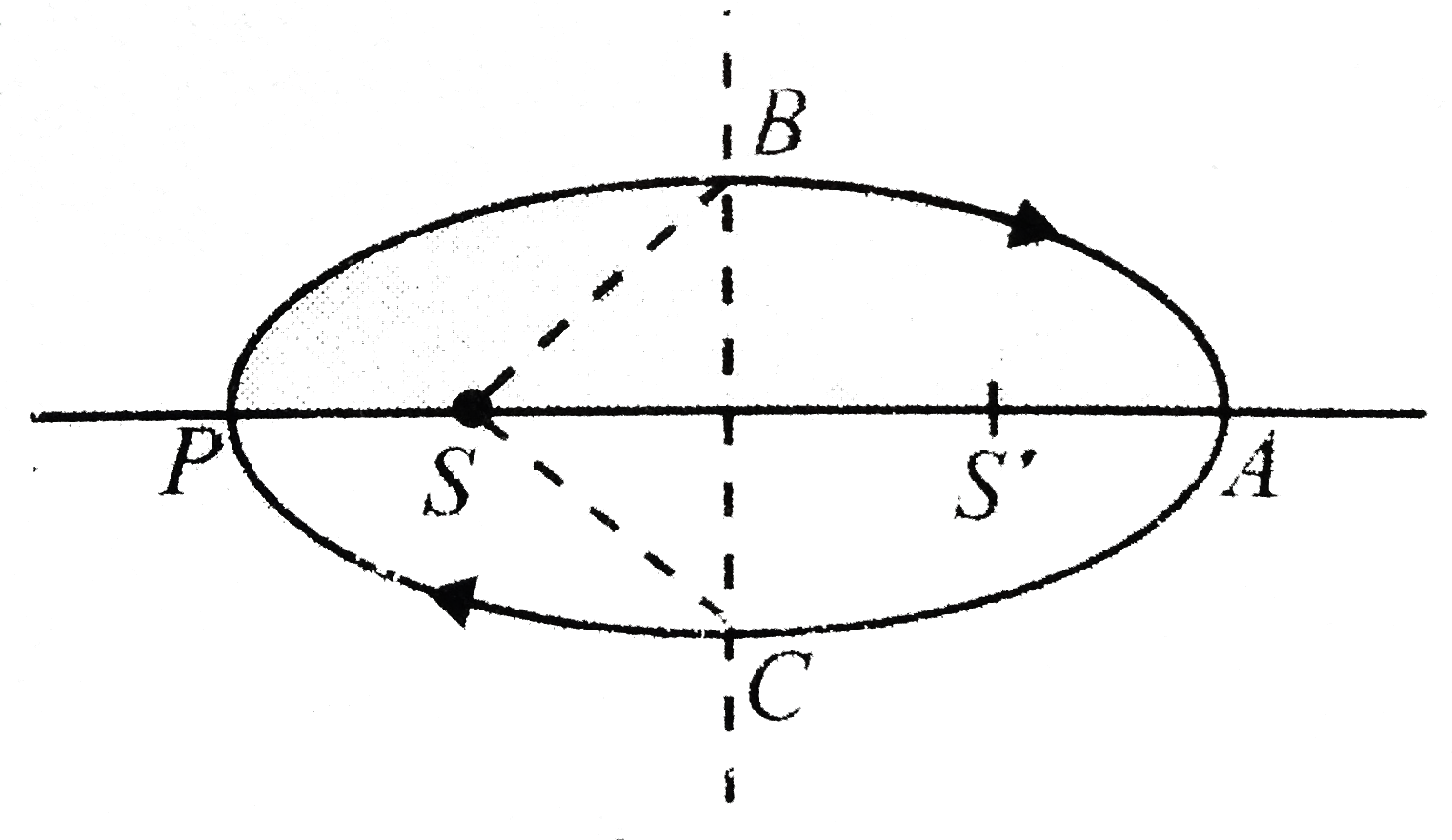 View Solution
View SolutionIn Figure, line n is a transversal to line landm . Identify the following Alternate and corresponding angles in
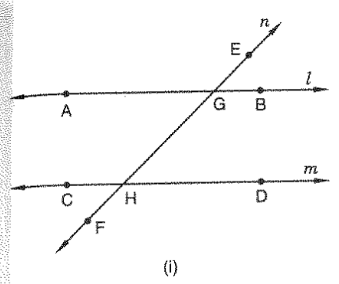
(ii) Angles alternate to ∠d a n d /_gand∠scorrespond∈g→∠s/_f\ a n d\ /_h∈figure<br><imga≤ocr_imageload∈g=lazysrc=https://d10lpgp6xz60nq.cloudfront.net/physics_images/VI_RD_15_005_Q02.pngwh=80%mx-autosty≤=background:white;><br>(iii)Ang≤a<ernative→/_P Q R,∠correspond∈g→/_R Q Fand∠a<ernate→/_P Q E in Figure (iv) Pairs of interior and exterior angles on the same side of the transversal m in
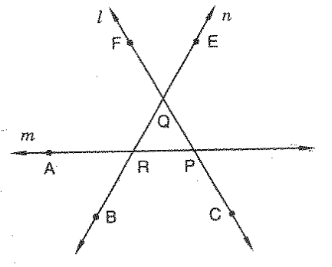 View Solution
View Solution

